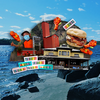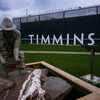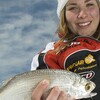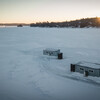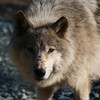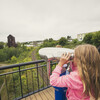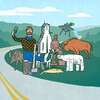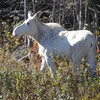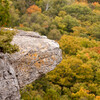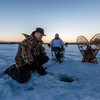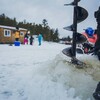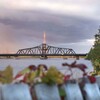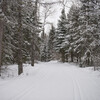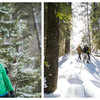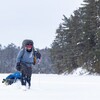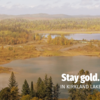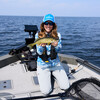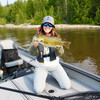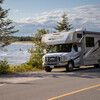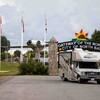Gateway to the Arctic
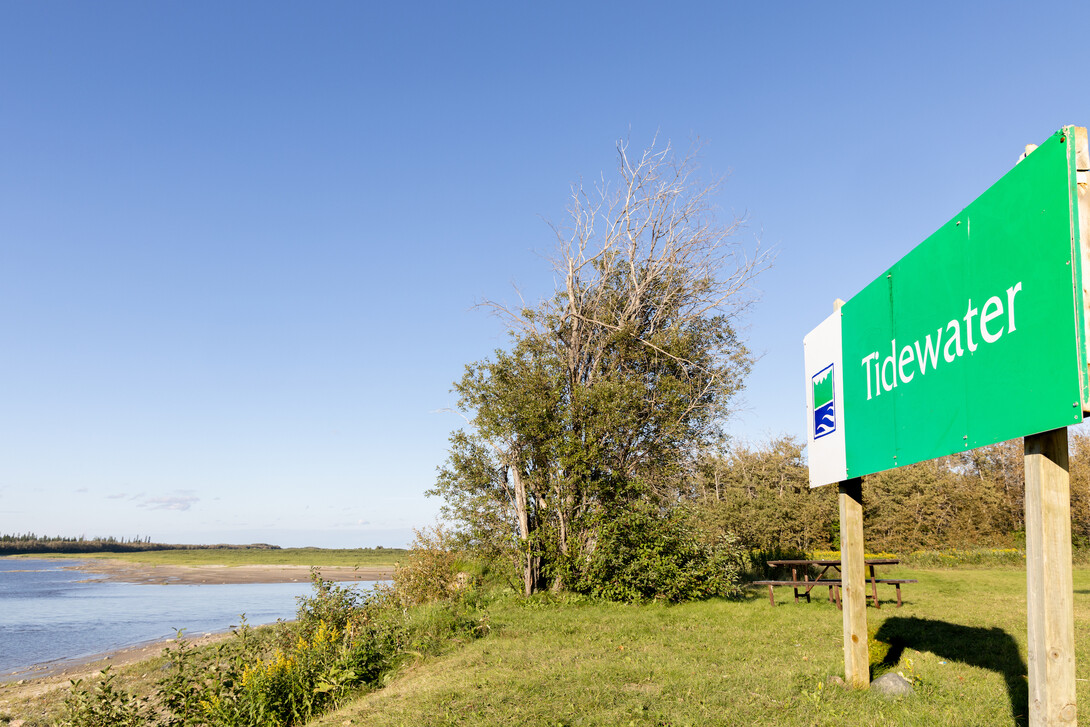
I sit up in my sleeping bag and listen to the sound of water gently rolling onto the sandy shores of Tidewater Provincial Park. Rays of sun are making their way through the mesh of my tent door where I had removed part of the fly.
I make my way out of my tent, the light dew on the grass wets my boot as I walk towards the edge of the campsite. Across the murky waters of the Moose River I can make out the town of Moosonee.
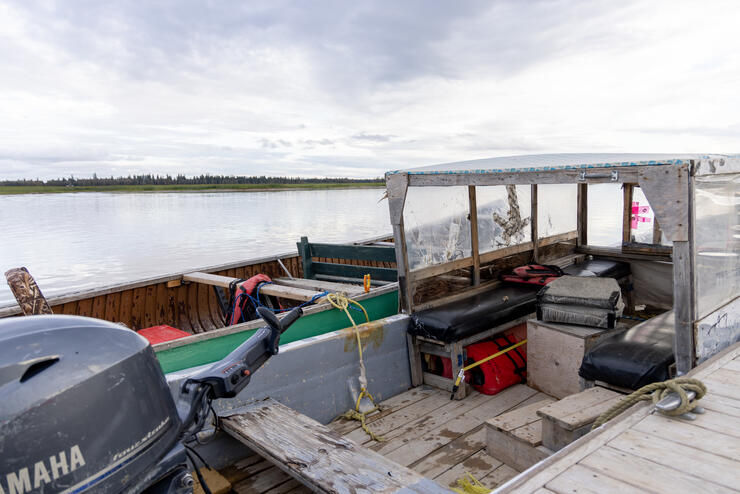
Ken has spent most of his life in Moosonee. Now retired from his previous job at the local high school, he's working as a boat taxi driver.
“What sort of work are you doing here?” Ken asks me eyeing my camera.
“I’m on assignment to share tourism stories from Moosonee,” I tell him.
We continued chatting. Ken begins to tell me about the history of tourism in the Moosonee region through his eyes.
A tourism town—thanks to the polar bear express
According to Ken, visitors in the thousands would walk off the Polar Bear Express train to visit Moosonee during the tourism boom of years gone by. The influx of tourism gave local residents of Moosonee and Moose Factory the opportunity to sell crafts. Meeting visitors off the train, merchants would line the main streets with tables to sell local Cree artistry and experiences to visitors. Ken mentioned that his mother used to sell beads, moccasins, gloves and other crafts to visitors on their way down to the docks.
Waiting for visitors was the Polar Princess, a 65-foot boat that could hold over 100 passengers. Operated at the time by Two Bay Tours, the cruise-style ship would take visitors upriver towards Fossil Island where visitors could bask in the sun or look for fossils. The banks of the Moose River are a prime location for fossil hunting due to the type of sediment and slow-moving waters of the river.
The Polar Princess would also take visitors to the mouth of the Moose River to feast their eyes on the inland ocean of James Bay. When the tour was over, visitors would head back on the train that same night. Unfortunately, as the train schedule changed to run less frequently and the tourism boom died down, Two Bay Tours went out of business leaving behind the current small-operation style of tourism available in the town.
I thank Ken for both the ride and the conversation and hop out of his boat at the Moosonee docks. I’m fascinated by what I just learned and eager to continue learning about the town’s history. Luckily for me, I’m on my way to meet Moosonee mayor Wayne TaiPale at the railcar museum.
exploring The town of Mooosonee
I walk up the main street towards the large, forest-green railcar in the grass decorated in Cree letters.
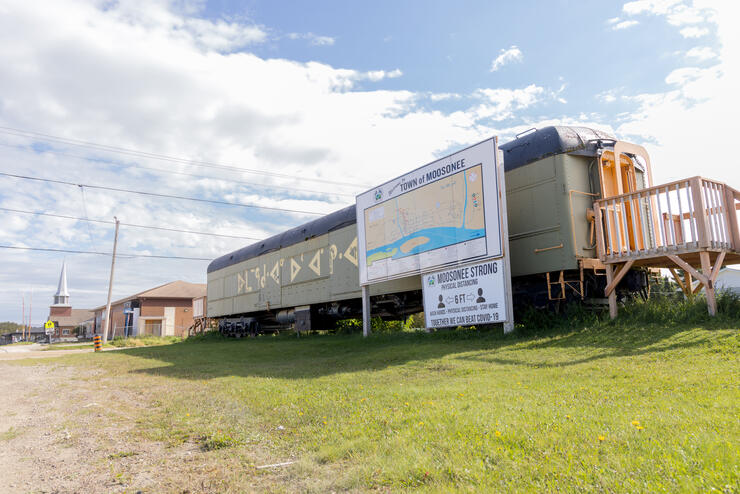
The Railcar Museum
Wearing a baseball cap, an orange polo shirt and jeans, Wayne approaches me and introduces himself. Soft-spoken with a kind gaze, he unlocks the railcar museum and opens the door to the dimly lit hallway filled to the brim with photographs and artifacts detailing the history of Moosonee.
“We’re sitting on a gold mine,” Wayne shares. “Culturally and historically.”
Wayne knows almost every detail of the museum by heart. He describes the town’s origins as an outpost for the Hudson Bay Company’s fur trading rival, Revillon Frères, the first permanent residents of the town who built a camp to overwinter on the banks of the river, and the original ways of travel by snowshoe, dogsled, and canoe.
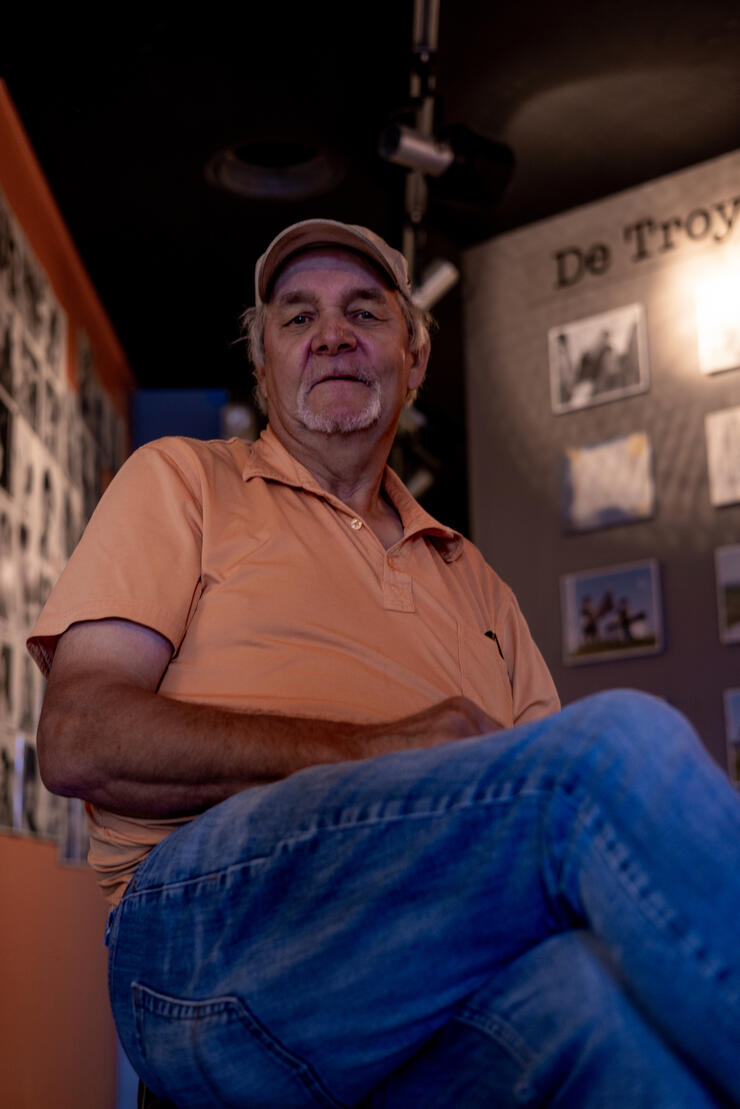
Wayne TaiPale, Mayor of Moosonee
Born and raised in a bush camp just upriver of Moosonee, Wayne moved to the town in order to enroll in high school.
Wayne speaks highly of growing up in the community and learning from Indigenous elders. To this day Wayne can identify almost any plant that grows in the vicinity of Moosonee and describe its medical properties, something he attributes with great respect to the teaching of those elders.
Wayne stops to show select artifacts relevant to the town's history and Cree Culture then continues to a section about the rail line.
Completed in 1932, the Temiskaming and Northern Ontario Railway connected James Bay to the rest of Ontario for the first time. To this day, the rail is the lifeblood of access to these communities. Moosonee, and by extension Moose Factory, is the only community on James Bay that’s accessible by air, land, water and ice in the form of the winter road (built after the river freezes, the road connects Moosonee to the road system in Ontario and to other communities on the bay). Due to its port and rail access, Moosonee serves as the hub of the Hudson Bay Lowlands.
The rail line also gives Moosonee a unique opportunity for tourism. Unlike some other communities on the bay, visitors from southern parts of Ontario can reach Moosonee with relative ease. Now called the Polar Bear Express, the Ontario Northland train can be accessed in the town of Cochrane, which is connected to Ontario’s road system on Highway 11.
The train also offers the opportunity for residents of Moosonee and Moose Factory to visit southern sections of Ontario. During the tourism boom, Ontario Northland had two trains running every day; a larger train for tourists known as the Polar Bear Express and a smaller train nicknamed Little Bear for locals.
The tour continues with Wayne supplying information on the different species of fish and birds in Moosonee. Geese, a staple part of the Cree diet, are hunted each fall, a tradition most people still take part in.
Wayne shows me more maps, artifacts from the fur trade era, and beautiful Cree crafts before ending the tour.
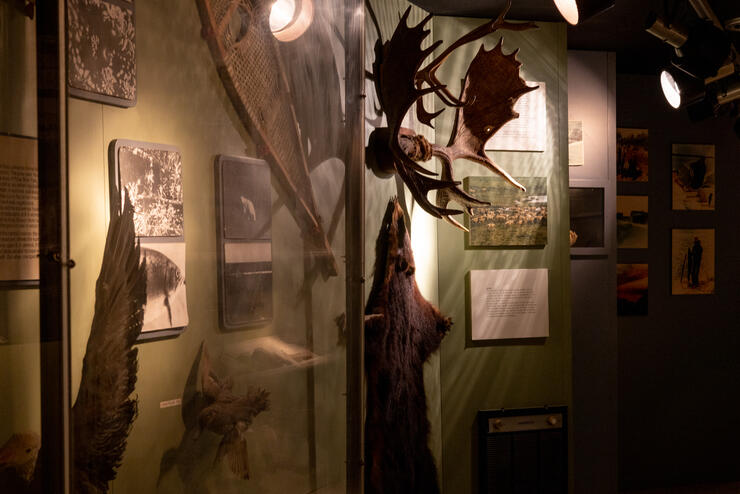
Inside the Railcar Museum
The Railcar Museum is the only museum currently available for tourists in Moosonee. The Revillon Frères Museum is no longer operational. While it was once run out of a frontier-style building from the fur trade on Revillon Road, most of the artifacts have been moved to the display in the Railcar Museum.
I thank Wayne for his time, amazed by his ability to recount all the minute details about the town’s history. Leaving the museum, I walk back down the main street towards my next excursion, a visit to Randy Cota’s Creegonquin Furs and Tours.
Creegonquin Furs and Tours
Randy and his wife Betty Crawford run Creegonquin Furs in Moosonee. Together, they offer traditional experiences in the Moosonee area including tours of James Bay and a traditional tipi goose cook known as sagabon. Along with their tour business, Randy and Betty sell a variety of different furs. Randy works a trapline in the Hudson Bay lowlands and imports furs from all over the globe to prepare and sell. Many of the furs that Randy and Betty sell are sold to members of the communities on James Bay for the creation of traditional crafts.
When I arrive, Randy kindly takes me through his shop to show me his collection of furs. An eccentric man with a big grin on his face and a black hoodie with his logo on it, Randy’s larger-than-life personality fills the room as he begins to share stories of trapping while showing me his furs.
From beaver to seal, Randy takes great pride in the way each fur is prepared. He shares trapping stories with me outlining the humane practices trappers need to follow today out of respect for the animal.
Randy makes it clear that he’s also very excited about the tourism industry in Moosonee. With a smile on his face he recounts story after story about taking visitors out to the bay or onto the river to fish.
“You’ll smell the salt,” he says. “And I’ll say ‘put your hands over the edge of the boat,’ and they put their hand down, and I’ll say, ‘okay now take the water and put it on your lips.’”
“They’re like, “oh my god it’s salt water, we’re in the ocean!’”
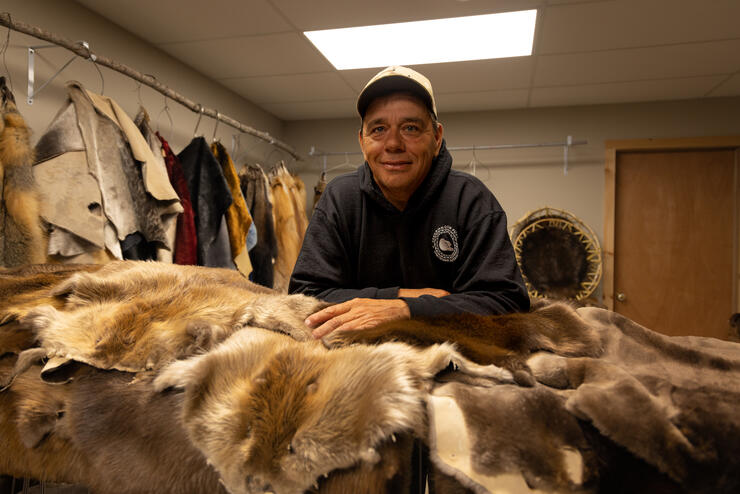
Following a few more stories Randy offers me a lift back to my hotel and I accept. After two days exploring the river and the bay, I’m grateful for the opportunity to learn from members of the community, and for their willingness to share their knowledge and stories with me.
Recommended Articles
The Seven's Best Hikes, Biking Trails and Lakes

7 Best Spots to Check Out in The Seven
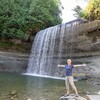
Budget Bliss: Explore Northeastern Ontario Without Breaking the Bank

Bring Your Fam!

Time to Unwind: 6 Spa Havens to Discover In The Seven
5 Amazing Places to SUP in Northeastern Ontario

5 Amazing Bike Rides to Discover

Northern Lights in Northeastern Ontario

Northeastern Ontario's Best Pride Festivals

Fish for one of the World's Rarest Species of Trout

An Insider's Guide to Manitoulin Island

6 Small-Town Gems to Explore in Northeastern Ontario
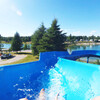
11 Best Things to Do in Kapuskasing, Ontario
